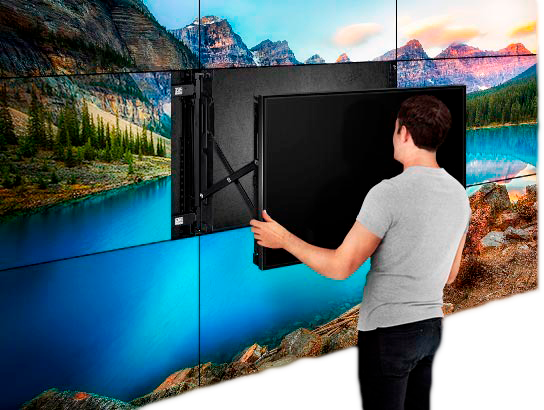Comprehending the Frequent Causes of LED Wall Display Breakdown
Wiki Article

LED panel panels are commonly utilized in various environments, ranging from advertisements to home theaters. These panels are favored because they provide bright and dynamic visuals while being energy-efficient. However, similar to all digital devices, LED wall screens can encounter failures. Comprehending the frequent causes of these failures is crucial for maintaining their performance and guaranteeing longevity. This article examines several key factors that can contribute to the failure of LED wall panels.
One of the primary frequent causes of failure in LED wall screens is excessive heat. LED technology generates heat during use, and if this heat is not adequately managed, it can harm internal parts. Poor ventilation or inadequate cooling mechanisms can worsen the issue. When the temperature rises beyond the recommended levels, it can lead to diminished brightness, color distortion, or complete breakdown of the screen. Regular maintenance, including cleaning air vents and maintaining adequate airflow, can help avoid overheating and extend the lifespan of the screen.
Another major cause leading to LED panel screen malfunction is electricity spikes. Variations in the electric supply can result in harm to digital parts within the screen. Sudden jumps in electricity can lead to blown fuses or damaged circuits, resulting in web malfunctioning displays. Using surge safeguards and power regulators can mitigate this risk by stabilizing the electricity supply and safeguarding sensitive digital parts. Making sure that the electrical system is up to code and capable of handling the power requirements of the screen is also critical.
External factors play a crucial role in the functionality of LED wall screens. Contact to harsh temperatures, moisture, or debris can adversely impact their operation. For instance, high humidity can lead to water buildup inside the screen, which can result in short circuits or damage of internal components. Similarly, excessive dust accumulation can block airflow and result to overheating. Placing LED panels in controlled environments and regularly cleaning them can help maintain optimal performance and avoid failures.
Additionally, production flaws can lead to early failures in LED wall screens. Quality assurance during manufacturing is essential to ensure that each screen meets market standards. Defective components or poor assembly can result in problems such as inactive pixels or uneven brightness. It is get more crucial for consumers to buy LED panel panels from reputable manufacturers that provide guarantees and service. This ensures that any potential defects can be addressed quickly, minimizing downtime and frustration.
In conclusion, comprehending the frequent causes of LED wall panel malfunction can help consumers take proactive measures to ensure their durability and functionality. By addressing overheating, protecting against power spikes, taking into account external factors, and choosing quality products, consumers can greatly minimize the risk of failure. Regular maintenance and knowledge of these elements will lead to a better performance with LED panel panels, whether for individual or business use.